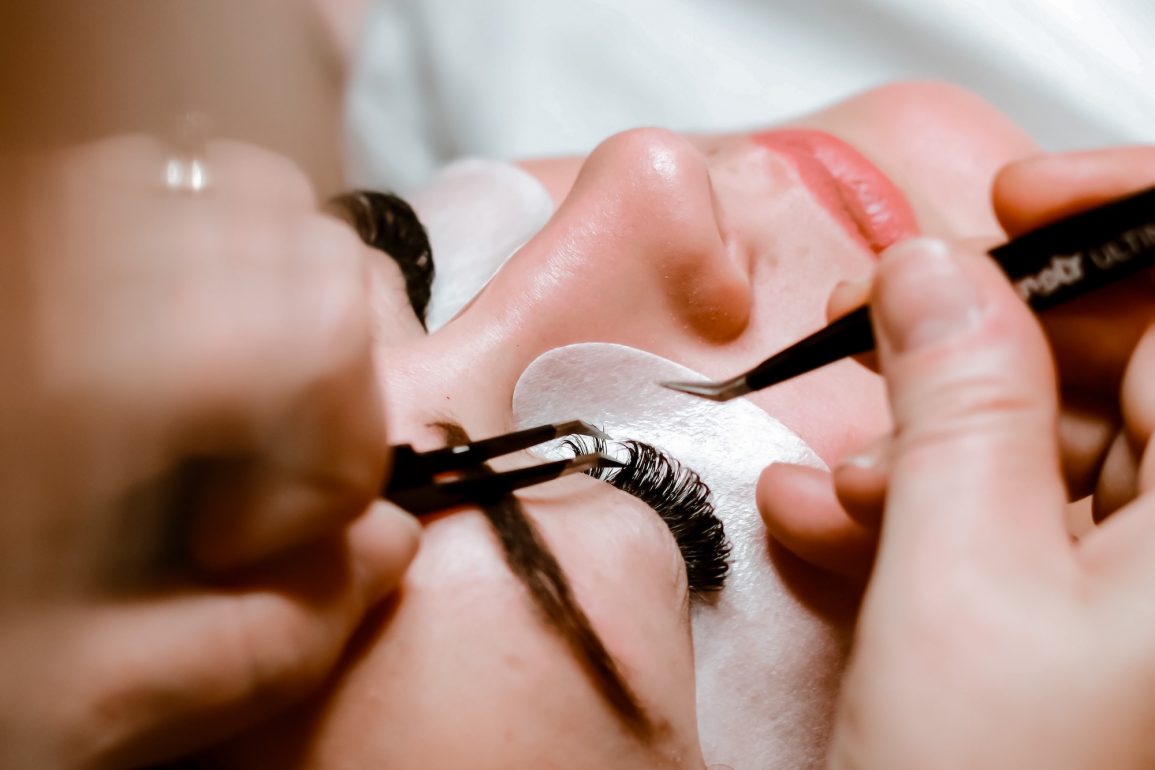The Strange History of Lash Extensions – Discover the strange journey of lash extensions through time, delving into their ancient origins and tracing their development to today.
The world of beauty is one of constant growth and development, with one of the most exciting ones to date being eyelash extensions. Lash extensions have increasingly become a popular beauty treatment, with people all around the world regularly applying eyelash extensions to enhance their natural lashes. As it’s such a commonplace beauty service these days, it’s easy to forget that they weren’t always around. Have you ever asked yourself, how did eyelash extensions come to be? What were they first made of? Well look no further, this article will be exploring the strange history of eyelash extensions, starting from their ancient beginnings all the way through how they’ve evolved into the modern lash extensions we’re familiar with today.
Ancient beauty and beginnings
Did you know our obsession with lashes can be traced back all the way to 3500 BC in ancient Egypt? While they didn’t have the eyelash extensions we know and love today, the ancient Egyptians were using brushes, ointments, and materials such as malachite to create dark and fluffy eyelashes. They also believed that the resulting longer lashes would help protect their eyes from the scorching sun.
The ancient Romans would also pick up this desire for voluminous lashes, as the ancient philosopher Pliny the Elder would write that short eyelashes were a sign of ageing. Soon after, the Romans would start using burnt cork and coal to add length and drama to their lashes.
Fast fading fads
While the ancients may have loved dramatic lash looks, eyelashes would later go out of style in the Middle Ages. Having too much hair was seen as erotic, and the hottest trend of this period would be foreheads! Because of this, women would start plucking their eyelashes and eyebrows as a way of showing off their foreheads.
Fortunately, this trend wouldn’t last too long as people realised that eyelashes play a crucial role in protecting their eyes from dust. By the late 19th century, women would begin using some fairly unusual eyelash enhancement techniques.
19th-century lash techniques
As women became more obsessed with attaining longer and more dramatic lashes, the strangest techniques became more and more popular too. In the late 1800s, Parisian women were reported to have sewn hairs on their eyelids as makeshift eyelash extensions. There are even stories of women transplanting their hair into their eyelids, with some even using needles. Thankfully, these dangerous practices didn’t catch on and soon makeup artists will have started developing modern lashing techniques.
The birth of artificial eyelashes
In 1911, a Canadian inventor named Anna Taylor would submit the first-ever patent for artificial eyelashes. She had invented the first glue-on lashes, sometimes called strip lashes, that were made with human hair. A few years later, a German hairdresser named Karl Nessler would begin offering false eyelash treatments at his New York City salon – the first known professional lash extension treatment.
Despite the two pioneers’ efforts, artificial lashes took a while to catch on. The real spark happened in 1916, during the filming of the movie Intolerance. The director, D. W. Griffith noticed that there was something missing from Seena Owens’ performance in the film, more specifically that her eyes weren’t really popping. To solve this, he asked a wigmaker to create larger lashes for her.
To do this, the wigmaker weaved real human hair through a bit of gauze and glued them to the actresses’ eyelids. This technique wasn’t exactly the most comfortable, as Owens’ eyes would usually end up red and puffy afterwards, but that didn’t stop the eyelash extension trend from blowing up very soon.
The modern era of lashes
The trend of bigger and bolder eyelashes continued to grow through the years until, by the 1950s, eyelash extensions became a staple of Western beauty practices. Eye makeup manufacturers began switching out real hair with the more readily available plastic, and by the late 90s and 2000s the beauty world would see more advanced lash techniques and products come into the scene.
While dramatic eyelash looks ruled the world at the start of the century, by now many women preferred more natural looks. A technique invented in South Korea in 2004, which involved glueing small clusters of eyelash extensions onto a person’s natural lashes, would help to create a natural eyelash look that could last for several days. These were all the rage in the 00’s – often being called “party lashes” or “cluster lashes”. Manufacturers also began producing extensions using synthetic fibres, silk, and animal hairs for lashes that were much easier to apply and lighter than the first generation of lash extensions.
Advancements in the eyelash extension industry continue today, as stars like Kim Kardashian have kept wispy, long lashes in the limelight! Nowadays, professional lash extensions are made using individual fibres to accentuate your natural lashes, or in volume fans if you fancy a more dramatic look!
Lash extension companies like BELO Lash continue to bring “new to the lash industry”, creating all sorts of types of lash extensions spanning from the more natural wispy lashes to the dramatic Russian volume lashes. Now, people are able to customise and create their perfect lash extensions to help enhance their natural beauty.
The history of lash extensions is a strange and fascinating journey that spans centuries. From the ancient Egyptians to the glamorous starlets of old Hollywood, lash extensions have truly come a long way. They’ve evolved from symbols of status to a popular beauty trend embraced by people all over the world. Sure, they may have fallen out of trend once or twice over the years, but with their upward growth since the advent of social media, it looks like eyelash extensions are here to stay!
Poppy Watt


